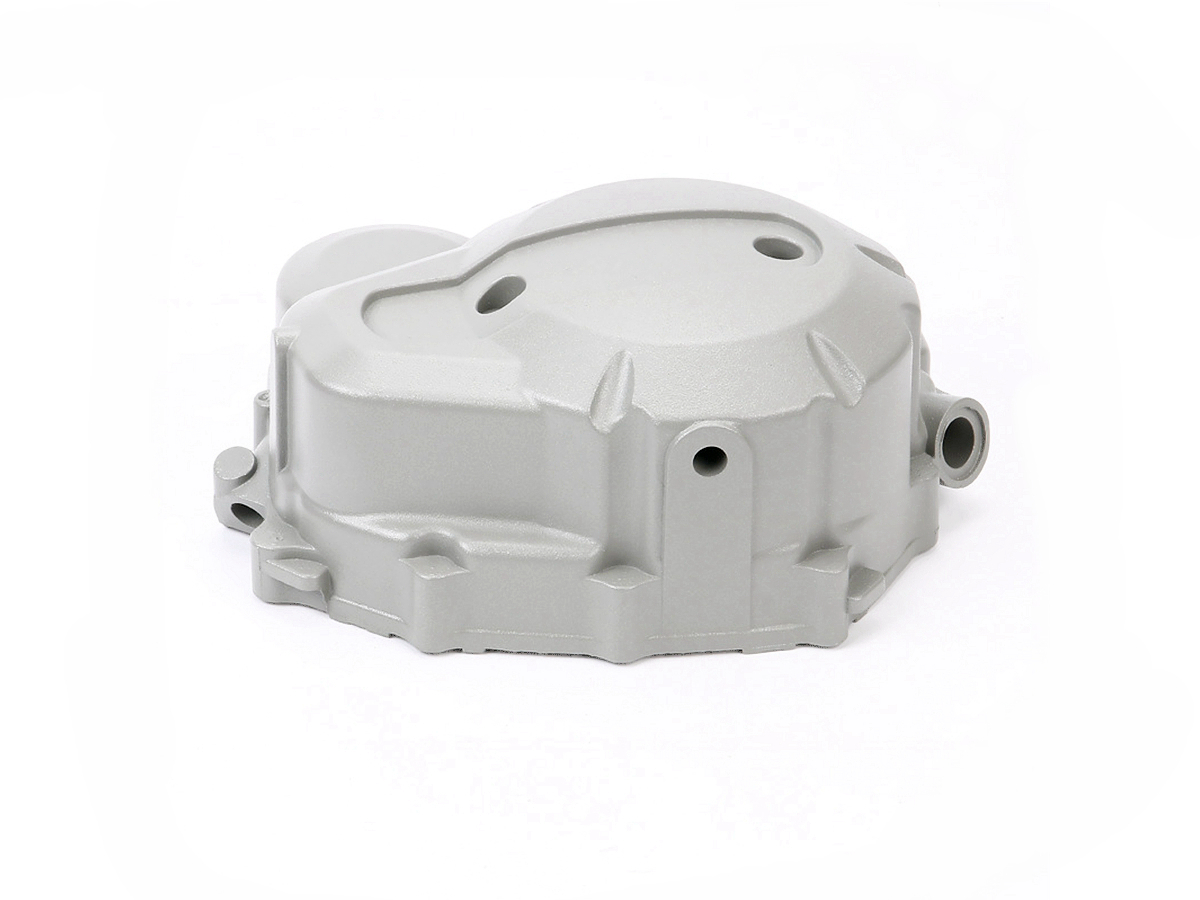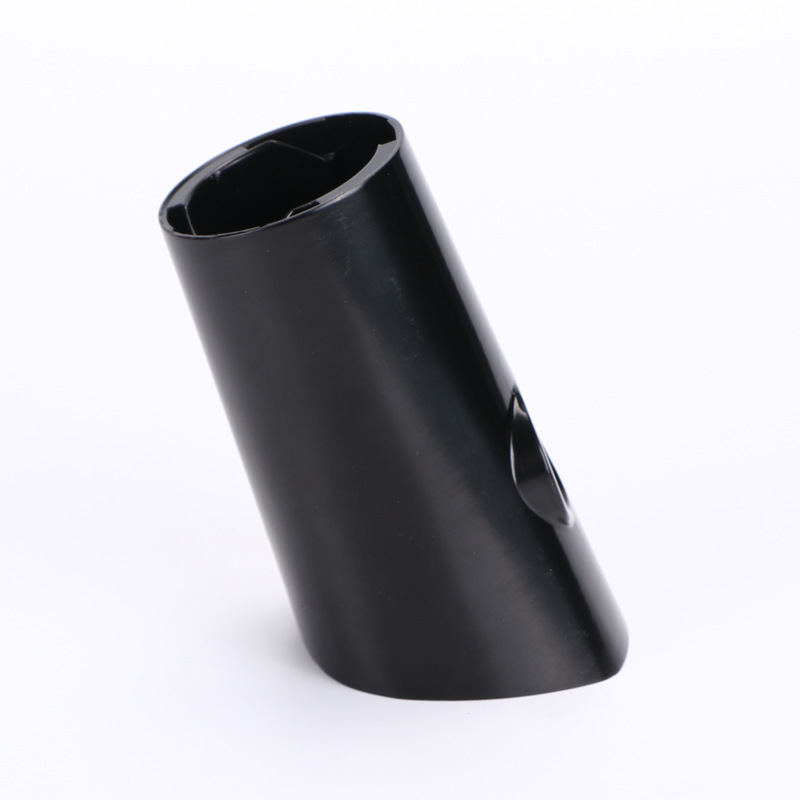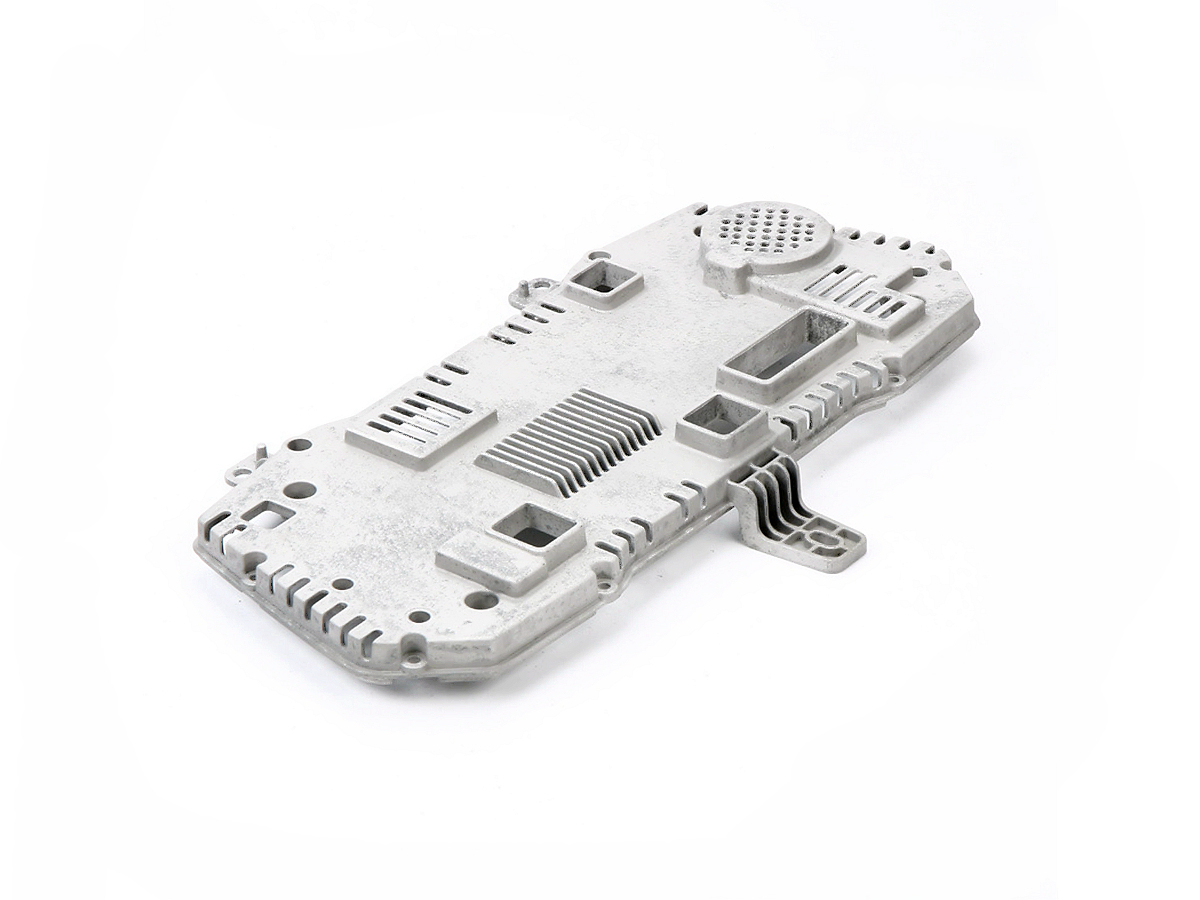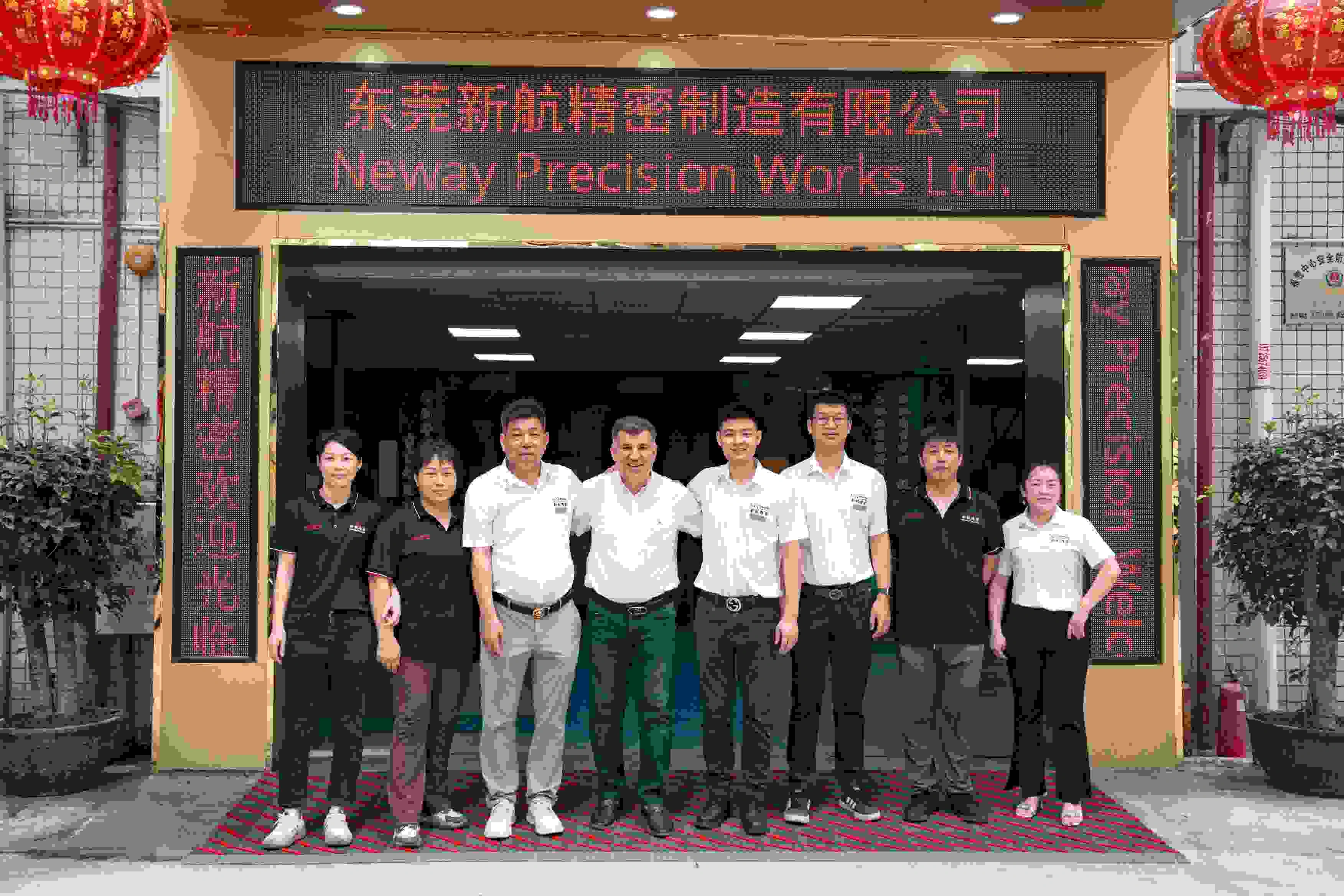How are tolerances and strength validated in industrial die cast parts?
How Are Tolerances and Strength Validated in Industrial Die Cast Parts?
Dimensional Tolerance Validation in Die Casting
In industrial die casting, dimensional tolerances are validated through high-precision measurement systems that comply with international standards such as ISO 8062-3 (Geometrical Product Specifications for castings). At Neway, tolerance validation begins with CMM (Coordinate Measuring Machine) inspection, optical scanning, and digital calipers, depending on part complexity.
For aluminum and zinc die castings, standard tolerances are typically maintained within ±0.10 mm for linear dimensions under 25 mm. Tighter tolerances—up to ±0.05 mm—can be achieved using precision CNC post-machining, particularly in critical mounting or sealing interfaces.
Advanced tooling, tool and die engineering, and temperature-controlled environments also ensure dimensional repeatability during high-volume runs.
Mechanical Strength Verification Methods
Strength validation ensures the die cast component performs under operational stress. This includes:
Tensile Testing: Conducted on standardized test coupons cast along with parts. For alloys like A380 or ADC12, tensile strength is commonly in the range of 300–330 MPa.
Hardness Testing: Rockwell and Brinell methods are used to measure surface and structural hardness, confirming material conformity.
Fatigue Testing: Simulates cyclic loading conditions, especially critical for components like housings, supports, or brackets in dynamic industrial systems.
Porosity and Internal Defect Inspection
Porosity and voids significantly affect mechanical integrity. At Neway, we use:
X-ray Inspection: To detect internal voids or cold shuts.
Pressure Testing: Applied to leak-critical components such as enclosures or manifolds.
Dye Penetrant Testing: Used after surface treatments like anodizing or powder coating to ensure no surface-connected defects remain.
In-Process and Final Inspection Protocols
All validated parts pass through structured quality inspection stages:
In-process inspections during casting and machining.
Final dimensional verification using calibrated instruments.
Mechanical property checks on each batch based on customer or industry standards such as ISO 8062, ASTM B85, or customer-specific tolerancing.
Complete Quality and Production Assurance at Neway
Neway supports customers with full-spectrum quality control for metal casting, including aluminum, zinc, and copper components. From prototyping through mass production, we provide detailed inspection reports, validation certificates, and traceable documentation to ensure compliance and reliability.



